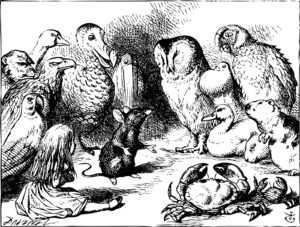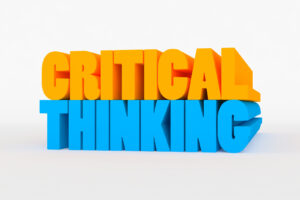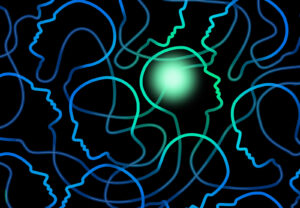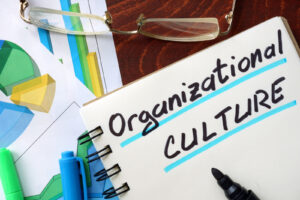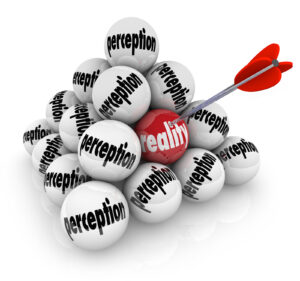Leadership
From the moment that the risk manager embarks upon the formal risk assessment process, all the way through risk identification, analysis, planning, tracking and controlling, the effectiveness of her communication will dictate how successful the overall process will be. In addition to that, she must be able to build strong political partnerships with business and corporate staffs, communicate to a wide variety of audiences in clear, understandable language, and be a skilled facilitator of organizational action more than simply a technical manager of risk.
Read MoreDo you want to take the facts that define your story to the next step—the interpretation that helps you first to understand the challenge and then to define and deliver an effective solution—based on a deep understanding of the facts and the context that surrounds them?
Read MoreEffective change management absolutely requires us to cut loose our curiosity. Our curiosity must be extreme. Our curiosity must be continuous. Situational awareness must be uppermost.
Read MoreCritical thinking is the disciplined process of formulating information by observation, experience, reflection, reasoning, and communication. The critical thinking process drives mindfulness – the activities of conceptualizing, applying, analyzing, synthesizing, and evaluating information as a guide to belief and action. Without critical thinking, beliefs and actions are misguided, senseless, thoughtless, unmindful – not at all in concert with real situations.
Read MoreThere are many parallels between sports and business. Business needs to excel at operations while also assuring its future by developing growth strategies. Likewise, NFL teams constantly practice so that each play is executed well. However, teams also need to develop a strategy that gives them an edge. Bill Walsh was one the NFL’s best at balancing the team execution with innovative strategic thinking. Here is an anecdote demonstrating Walsh’s systematic methodology.
Read MoreWe are always learning. Every time we do something there are different nuances that we notice, adjust for, and add to our knowledge and skills sets. We have preferences as to how we learn. When forced into a learning situation that conflicts with our personal learning style, Self-2 starts up the chemical factory and we become less efficient.
Read MoreThe key to effective relationships and successful communications, from the Behavior Style point of view, is to eliminate the Golden Rule: Do unto others as you would have them do unto you” and embrace the Platinum Rule: “Do unto others as they would have you do unto them.”
Read MoreHaving the knowledge to predict the interaction problems we may encounter with other people provides us with a basis for improving the quality of our interactions. This improvement in our “situational awareness” gives us the ability to better control the outcomes of our interactions with others.
Read More“Cultural awareness” means not only being aware of other cultures, but our own as well. Being aware of others’ culture and customs is critical. But an equally important question to ask ourselves is, “How are our customs and practices different from those we are engaging?”
Read MorePerceptions are our awareness and understanding of situations as determined by our senses (seeing, hearing, touching, smelling, tasting, and feeling). We absorb more than a thousand impressions per minute through our senses. These impressions shape how we process information, how we reach conclusions, and how we form opinions. They constitute our version of the truth, our biases, our likes, and our dislikes.
Read More

